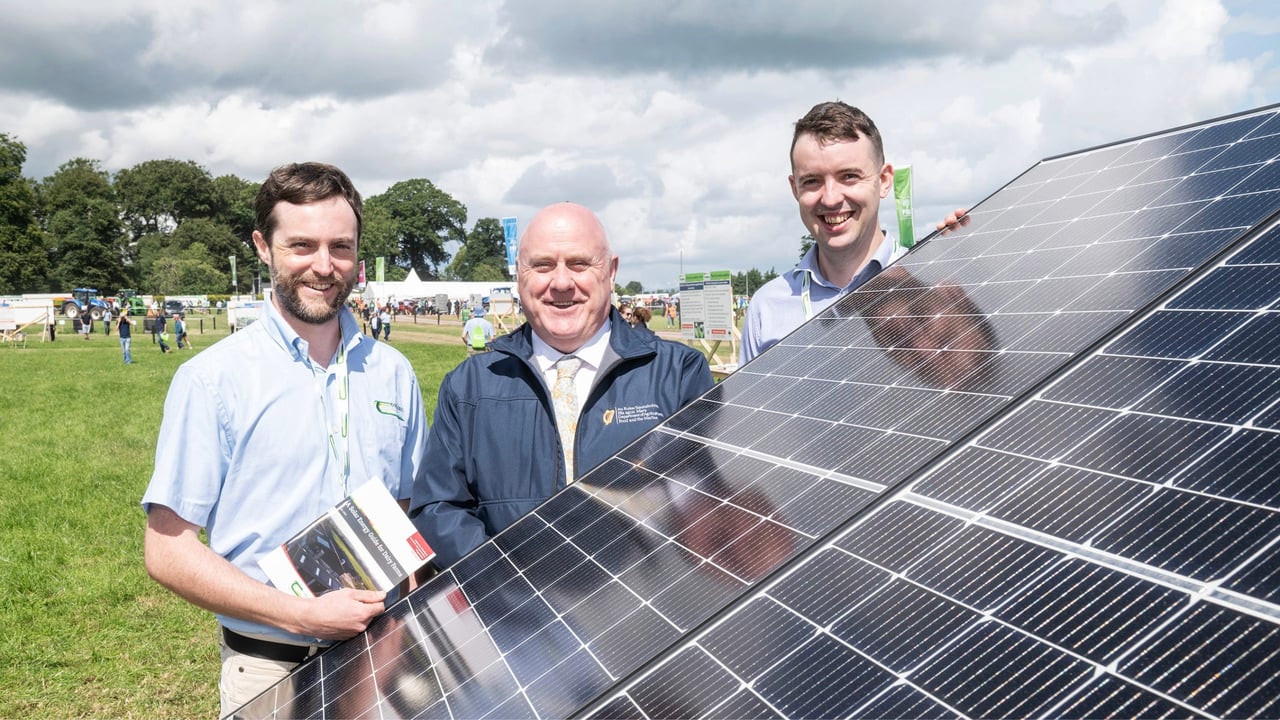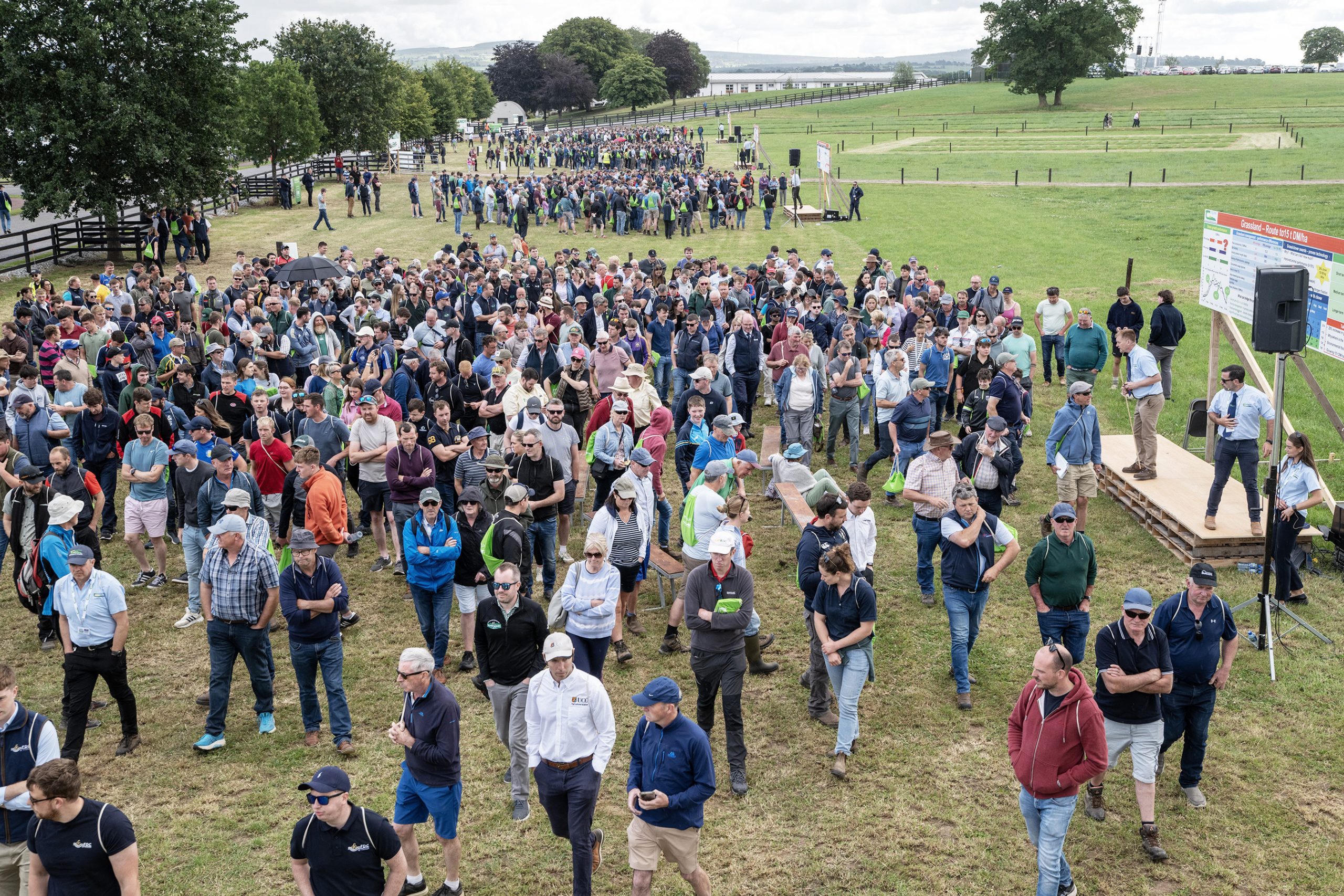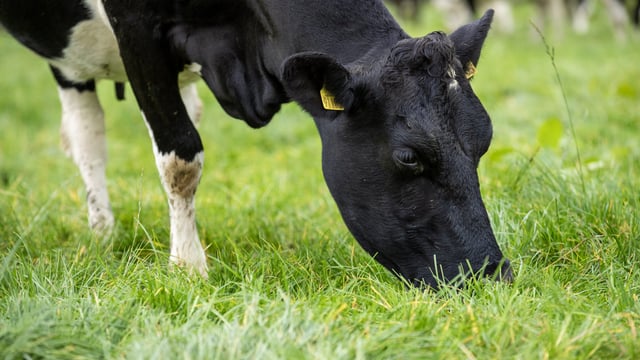New guide offers advice to dairy farmers on solar PV systems
A new guide, developed by Teagasc and Munster Technological University (MTU), is aiming to give dairy farmers practical insights on solar power.
Minister of State at the Department of Agriculture, Food and the Marine (DAFM) Noel Grealish officially launched “A Solar Energy Guide for Dairy Farms” at the Teagasc Dairy Open Day in Moorepark today (Wednesday, July 2).
The guide provides clear, evidence-based information on how to assess, install, and benefit from solar photovoltaic (PV) systems.
The document outlines how farms with high energy use for milking, cooling milk and heating water are particularly suited to solar.
Real-world case studies and financial payback examples are included in the guide.
The publication offers answers to common questions on system design, planning permission, battery storage and grants.
Details are provided on the 60% grant available under the Targeted Agricultural Modernisation Schemes (TAMS 3), along with export tariffs and the new Small-Scale Renewable Electricity Support Scheme (SRESS).
Farmers can also learn about a free online tool, FaRMOT, which was developed by MTU and Teagasc, to help optimise energy savings on farm.
Dr John Upton of Teagasc, the lead author of the new guide, said that the document will help farmers make confident, informed decisions.
"Solar PV is no longer just a green option; it is a smart investment that supports farm resilience," he said.
Aside from the cost savings, the guide highlights the environmental benefits of solar PV through the reduction of greenhouse gas (GHG) emissions.
According to Teagasc, a 26 kilowatt-peak (kWp) system on a dairy farm can offset approximately 7.5t of carbon dioxide (CO2) annually.
The new guide is now available online the Teagasc website and forms part of authority’s broader efforts to support sustainability and energy efficiency on Irish farms.






